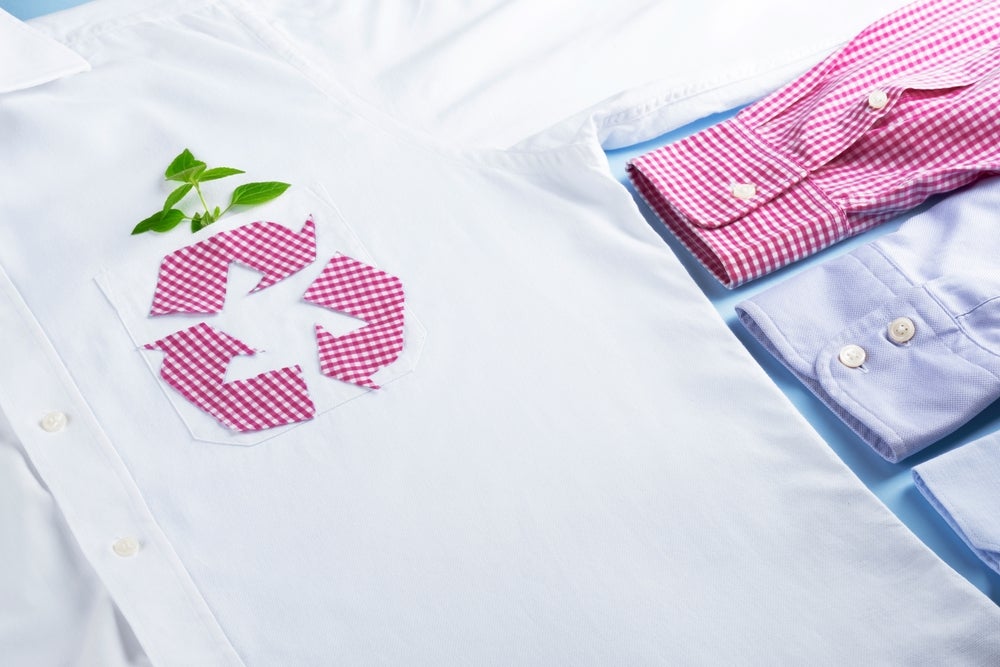
According to WRAP, nearly 80% of the carbon footprint of a textile product is determined during its design phase. The Circular Design Toolkit serves as a comprehensive resource for the textile sector, presenting a consistent framework of circular design strategies.
This toolkit seeks to simplify the concept of circular design, breaking it down into a manageable set of actions and strategies that can be applied by design and product development teams.
Developed in collaboration with industry stakeholders through the Textiles 2030 Circular Design Working Group, the toolkit offers case studies and examples of businesses that are already making progress in four key circular design areas: reducing material impacts, optimising resources, designing for longevity, and designing for recovery.
WRAP is now calling on brands not part of the agreement to share the toolkit with their design and product development teams to encourage the design of textile products that can circulate through a circular system.
The Circular Design Toolkit is part of WRAP’s Textiles 2030 agreement, which seeks to help textile organisations integrate circular design principles into their design and product development processes.
The goal is to prolong the lifespan of garments, select sustainable materials, and ensure that they are designed for recyclability.

US Tariffs are shifting - will you react or anticipate?
Don’t let policy changes catch you off guard. Stay proactive with real-time data and expert analysis.
By GlobalDataThe Circular Design Toolkit was made available to signatories of Textiles 2030 in February 2023, with many of them already incorporating it into their processes.
The motivation behind this effort is the growing global concern about the environmental impact of the textiles industry, which has prompted governments worldwide to take action.
WRAP highlighted how the EU Strategy for Sustainable and Circular Textiles is spearheading this movement, with plans to introduce eco-design requirements, Extended Producer Responsibility, eco-modulation fees, and Digital Product Passports.
The government programme believes the Circular Design Toolkit will help brands prepare for these impending regulations.
Catherine David, director of behaviour change & business programmes at WRAP said: “This guide can help brands design holistically with every stage of a product’s lifecycle in mind, allowing them to reduce its environmental impact every step of the way. The Circular Design Toolkit is a key deliverable on the Textiles 2030 Circularity Roadmap which sets out what needs to happen between now and 2030 to achieve the Textiles 2030 targets and transition to a circular economy.”
Online, catalogue and store retailer, N Brown Group has already initiated circular design projects and workshops using the toolkit to get a better understanding of how it can “integrate circular design into its product lifecycle,” said Joseph Mountain, sustainability lead at N Brown Group.
Looking ahead, Textiles 2030 plans to develop circular design training using the toolkit, focusing on principles from the guide and involving stakeholders across the value chain, with progress tracked through benchmark surveys.



